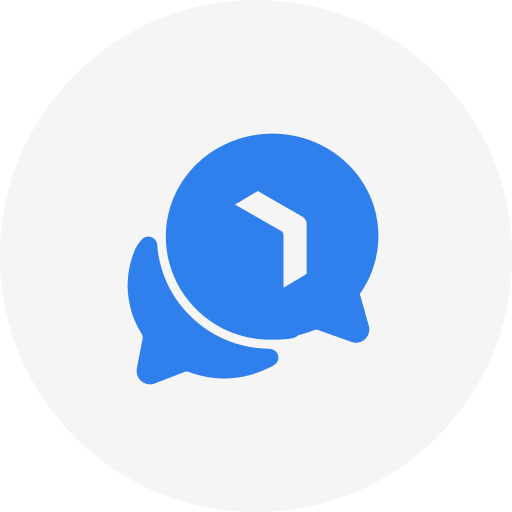Why scheduling software is important in a call center
A little history lesson: Over a century ago, formulas were developed to help banks recognize patterns in seemingly random customer demand and predict foot traffic at their teller windows. Those same formulas are the foundation of those used in many contact center scheduling software solutions today to expose patterns in call volumes.
Creating the best schedule possible in your contact center is an exercise in balancing variables, including:
- the number of agents on your staff and their availability, knowledge level and skill level
- fluctuating customer demand throughout the day, from day-to-day, week-to-week and month-to-month
- demand over multiple channels - voice, email and chat
The job of the person responsible for scheduling, at its most rudimentary, is to make sure you have enough agents to cover your operating hours. Beyond that, though, the balancing act gets more complex as you consider:
- Service Level — You might say you want 80 percent of calls answered in 20 seconds or less. Or maybe 70 percent of calls answered in 30 seconds or less. The goal is not to answer every call the moment it comes in. The goal is to put callers in a queue, but not for very long so that your agents are busy at all times. They can go from one call to the next and stay occupied; however, you don’t want the customers waiting a long time.
Abandonment is a key metric associated with service level. Of course, there are numerous reasons why a caller would abandon a call, but it could be a sign that the caller’s patience is running out.
- Employee Satisfaction — ‘Employee whiplash’ — where an employee is scheduled to work from 6:00 am — 3:pm one day, noon — 9:00 pm the next, and 7:00 am-4:00 pm the day after — is a recipe for employee discontent. Along with that, competing factors, such as respecting agent seniority in scheduling requests, must be balanced.
- Employee Occupancy is another influencer of employee satisfaction. How busy are agents throughout their shifts? Are they 100 percent occupied, going from one call to the next with no breaks in between? If a call center has a very high service-level requirement, is it overstaffed, so individual agents are available and waiting for the phone to ring? Occupancy is vital to watch; too high or too low — burnout or boredom — it influences employee satisfaction.
How to recognize a non-optimized call center schedule
The worst time to learn your schedule is not the best it could be is when you see it in action during the workday.
- You might see a fall-off in the service level from morning to afternoon, and by the end of the day, you might have chaos, with agents scrambling to answer calls as queues fill up with callers on hold.
- Perhaps you start the day getting slammed with massive queues, and you can never dig out because once you’re behind, it’s tough to get ahead.
- You may experience whiplash throughout the day. For instance, you may pull your agents out of meetings or training to service a giant queue, then suddenly, no calls are coming in, and agents are unoccupied. You then send agents on break, but a big rush of calls comes in. Throughout the day, you’re whiplashing back and forth. Perhaps you’re chronic understaffed.
Benefits of call center scheduling software
For many small contact centers seeking to create the best schedule, it comes down to a choice between using Excel or WFM software. It’s important to note that you don’t have to invest hundreds of thousands of dollars in a large WFM system to elevate your scheduling process.
- WFM software streamlines scheduling and helps improve agent utilization — WFM software can rapidly perform complex schedule-optimization calculations; for instance, multi-skill calculations to quantify an agent’s contributions to different call queues. Software is also interactive; Excel is not. Capabilities, like drag-and-drop, allow you to add or remove agents from the schedule and immediately see the impact on coverage.
- WFM software streamlines information sharing — Excel is largely static; it resides either on a local hard drive or a virtual hard drive, accessible to only one person at a time. It’s not truly a shared resource — whoever opens it controls it. WFM software, on the other hand, allows different users to log in, providing agents with instant visibility into their latest schedule. Supervisors put schedules in production with the push of a button. An email is immediately sent to each agent with their new schedule, or it automatically populates the schedule on their calendar.
- WFM software is more responsive to change — WFM software assimilates metrics and data faster than any spreadsheet process possibly can, uncovering emerging trends that could impact service-levels or employee satisfaction.
Business has become/grown to be much more complex, and customers more demanding over the past century, so we can’t claim that creating the optimal schedule for your small contact center is easier than it was for the banker in 1920. That said, you have a 21st Century tool at your disposal — WFM software — representing a significant step up from Excel in scheduling sophistication.
Why use Eleveo as a contact center scheduling optimization software
Eleveo’s scheduling solution simplifies and fortifies scheduling across channels and for multi-skill agents. Powerful and easy-to-use, it accesses historical data collected by your contact center platform, providing a fact-basis for predicting the number of agents needed for a given period. It enables managers to visualize the impact of different scenarios on agent demand, and our drag-and-drop interface makes it easy to adjust schedules and distribute any changes to agents in real-time through their mobile device’s native calendar.


